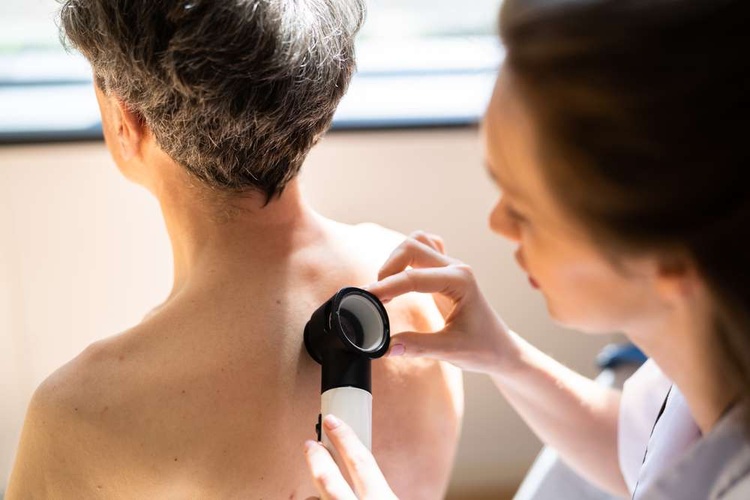Understanding Lung Cancer Treatment: A Comprehensive Guide
Lung cancer is one of the most common and serious types of cancer, often linked to smoking but also affecting non-smokers. Early detection and treatment are crucial for improving outcomes, with options including surgery, radiation, and targeted therapies.

Early Signs and Symptoms of Lung Cancer
The key to successful treatment often lies in early detection. Common symptoms include persistent coughing, chest pain, shortness of breath, and unexplained weight loss. Some patients may experience recurring respiratory infections or cough up blood. It’s crucial to note that these symptoms can be subtle initially, and many people mistake them for less serious conditions. Regular medical check-ups become especially important for those at higher risk.
Lung Cancer Risk Factors and Prevention Tips
Understanding risk factors helps in prevention and early intervention. Smoking remains the primary risk factor, contributing to approximately 80-90% of lung cancer cases. Other significant risk factors include exposure to secondhand smoke, radon gas, asbestos, and air pollution. Prevention strategies include:
-
Quitting smoking or never starting
-
Avoiding secondhand smoke exposure
-
Testing homes for radon
-
Using appropriate protective equipment in high-risk occupations
-
Maintaining a healthy diet rich in fruits and vegetables
How Is Lung Cancer Diagnosed?
Modern diagnostic techniques have significantly improved the accuracy of lung cancer detection. The process typically begins with:
-
Physical examination and medical history review
-
Imaging tests (chest X-rays, CT scans, PET scans)
-
Sputum cytology
-
Bronchoscopy
-
Needle biopsies when necessary
Advanced molecular testing helps determine the specific type of lung cancer, which is crucial for selecting the most effective treatment approach.
Treatment Options and Approaches
Treatment plans are highly individualized, depending on factors such as cancer type, stage, and overall health. Common treatment modalities include:
-
Surgery (for early-stage cancers)
-
Radiation therapy
-
Chemotherapy
-
Targeted therapy
-
Immunotherapy
-
Combination treatments
Understanding Treatment Costs and Coverage
Treatment costs vary significantly based on the type and duration of therapy required. Here’s a general overview of treatment costs:
| Treatment Type | Estimated Cost Range | Typical Insurance Coverage |
|---|---|---|
| Surgery | $15,000 - $40,000 | 70-80% with insurance |
| Radiation | $10,000 - $50,000 | 60-70% with insurance |
| Chemotherapy | $30,000 - $100,000+ | 80-90% with insurance |
| Immunotherapy | $100,000 - $150,000/year | Varies by provider |
Prices, rates, or cost estimates mentioned in this article are based on the latest available information but may change over time. Independent research is advised before making financial decisions.
Expected Outcomes and Recovery
Recovery and survival rates depend largely on early detection and appropriate treatment. Five-year survival rates have improved significantly with modern treatments, especially for early-stage diagnoses. Post-treatment care typically includes regular monitoring, lifestyle modifications, and support group participation to ensure the best possible outcomes.
This article is for informational purposes only and should not be considered medical advice. Please consult a qualified healthcare professional for personalized guidance and treatment.




